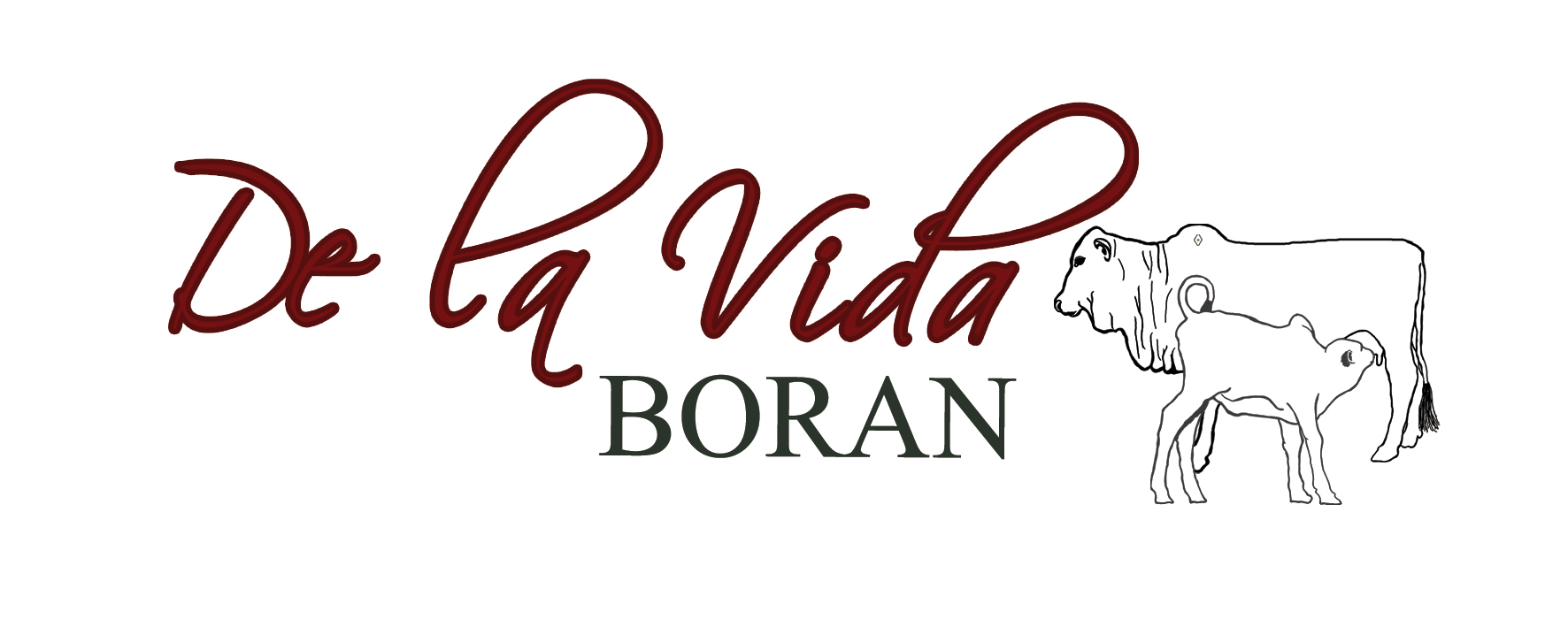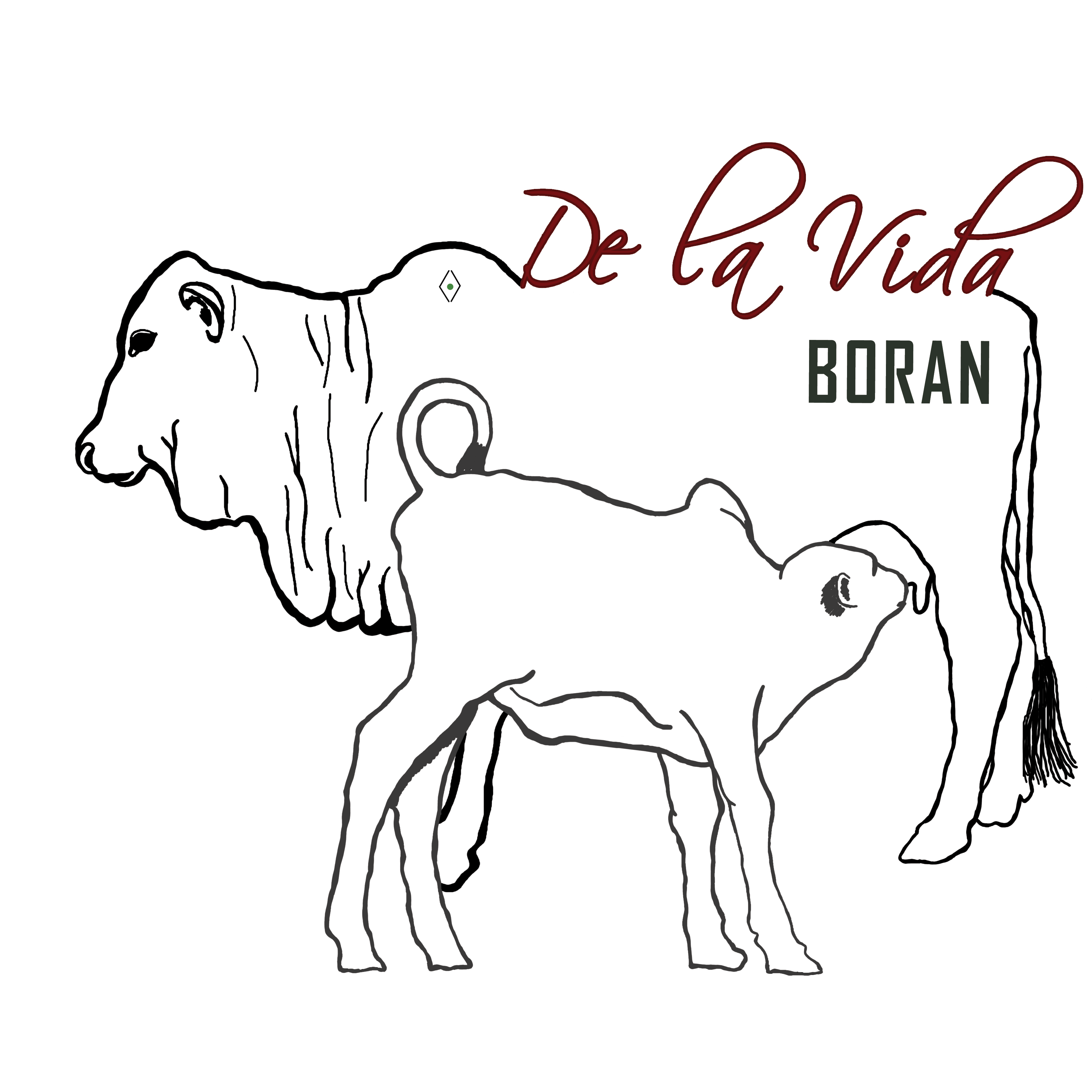

|
|
|
Degradation of Borana Rangelands Causes Genetic Erosion of the
|
|
Deutscher Tropentag, October 8-10, 2003, G¨ottingen
Abstract The pastoralists in the Borana rangelands were once famous for producing the high quality Ethiopian Boran cattle. Among the pastoralists in East Africa they have disposed of the rangelands of the highest ecological potential. Today the pastures are degrading as indicated by disappearance of preferred species and encroachment of undesirable woody vegetation. Poorly designed pastoral development interventions have essentially contributed to the deteriorating situation. The poster illustrates the impact of changed management and availability of resources on the maintenance of the Boran cattle in its original habitat. Web district, a traditional dry season grazing area associated with one of nine deep well clusters, is compared to Dida Hara. The latter is a former wet season grazing area, which has been opened up for permanent grazing by the construction of water ponds in the 1970s. PRA techniques, GPS and official maps were used to assess the status of natural resources and breed preferences of the pastoralists. Occurrence of breed types and body weights of adult cattle were measured during the peak dry and wet season. The study revealed two distinct types of the Ethiopian Boran cattle, namely the traditional large-framed Qorti and the smaller Ayuna, as well as an intermediate type. According to the pastoralists Qorti originated from the plain grazing lands in the eastern part of Borana rangelands, whereas the Ayuna type stemmed from gradual introgression of genetic material from the highlands in the north of the rangelands. The proportion of the intermediate type in the herds was about four times higher in Dida Hara than in Web, whereas the Qorti was more frequent in Web. This difference shows that the Qorti is less adapted to the scarcity of high quality forage resources in Dida Hara than the Ayuna or the intermediate type. The pastoralists feared that the Qorti was in danger of gradually disappearing due to the scarcity of high quality pasture and the increasing recurrence of droughts. Though they prefer the Qorti type they increasingly keep Ayuna and camels. The community based conservation of the typical Ethiopian Boran cattle would require to secure adequate grazing and water resources. Keywords: Animal genetic diversity, breed conservation, natural resource management, pastoral livestock production Contact Address: Sabine Homann, Justus-Liebig-Universit¨at Giessen, Department of Livestock Ecology, Ludwigstraße
21, 35390 Gießen, Germany, e-mail: sabine.homann@agrar.uni-giessen.de |
E-mail:
jaco@delvidaboran.co.za |
Tel +27 82 8787 383 |
 |
|